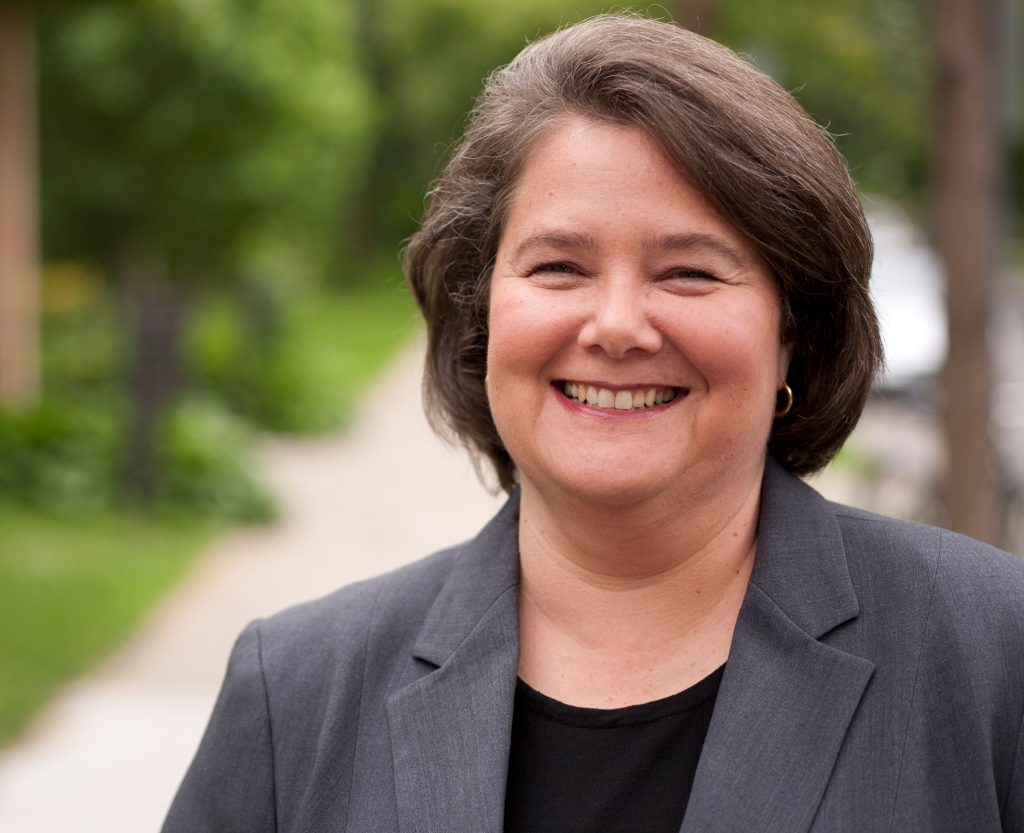
Communities across America are struggling with how best to respond to unsheltered homelessness, especially for those who battle mental illness. Some states and cities are responding by passing bills that make sleeping on the streets or parks a criminal offense. Others are clearing encampments in the interest of public safety or are directing funding for “sanctioned encampments.” In New York City (NYC), Mayor Eric Adams and Commissioner of the NYC Department of Health and Mental Hygiene, Dr. Ashwin Vasan, recently released the city’s action plan for mental health. The plan followed up the mayor’s announcement last fall that described how the city would take steps to involuntarily institutionalize New Yorkers experiencing homelessness and exhibiting symptoms of a mental illness even if they posed no active threat of violence or harm to themselves or others.
New York City has tried similar approaches in the past without success. Homelessness soared in the city during the 1980s, mainly due to the deinstitutionalization of severely mentally ill individuals from psychiatric hospitals. Many of these individuals ended up homeless or in jail without the city making the necessary investments in housing and behavioral health services. States and cities around the country passed similar deinstitutionalization policies. Now, 40 years later, policymakers are swinging back to the 1980s despite knowing that there are better alternatives.
People experiencing homelessness in NYC accounted for 37%, nearly 47,000, of those who cycle through the emergency mental health programs. This included emergency rooms, inpatient psychiatric stays, and mobile crisis referrals. These crisis response services are expensive and inefficient at providing the necessary support to address long-term housing and health needs. Individuals without housing who are placed into involuntary psychiatric holds or arrested are frequently discharged back into homelessness. With no connection to services or housing, these individuals will cycle through these systems repeatedly.
People experiencing homelessness in NYC accounted for 37%, nearly 47,000, of those who cycle through the emergency mental health programs.
Recent research conducted in Denver, Colorado, found that this cycle costs approximately $15,100 annually per person. If we apply this cost to the 47,000 unsheltered homeless involved in NYC’s emergency mental health program, the taxpayers will foot a $710 million bill annually. This estimate is likely conservative since NYC services costs are predictably higher.
As the decades since the 1980s have shown, investing in and scaling short-term interventions will not reduce homelessness and certainly will not help those individuals living with severe mental illness become healthier. Funding for crisis-based responses only perpetuates the cycle of homelessness and generates high public costs.
Investing in cost-effective solutions
Instead, Mayor Adams should look to examples for addressing homelessness that center on people, focus on connecting short-term interventions to long-term housing solutions, and promote pathways to economic mobility. Cities like Denver, Boston, and Dallas, amongst several others, have all been successful in reducing unsheltered homelessness by using a public health approach that brings together coordinated outreach providers, health systems, and housing partners to respond to increases in unsheltered homelessness and support those with severe mental illness.
Mayor Adams should look to examples for addressing homelessness that center on people, focus on connecting short-term interventions to long-term housing solutions, and promote pathways to economic mobility.
While the mayor’s mental health plan includes positive community mental health investments, it makes no investment in housing. The mayor’s plan acknowledges that safe, stable, and affordable housing is a critical part of supporting individuals with severe mental illness, but it stops short of providing funding for more affordable housing. The city is on track to develop 15,000 new affordable housing units with wraparound services, with 7,000 units produced to date. The mayor included this goal set by the de Blasio administration as part of transitional housing, reducing red tape to get into housing, and better integrating existing services for those experiencing severe mental illness who are already housed. These actions are a good step. But based on the mayor’s numbers, even when the development of the 15,000 units is complete, there will still be 32,000 individuals simultaneously experiencing homelessness and a mental health crisis.
Mayor Adams must invest in better solutions that provide pathways to safe, stable, and affordable housing with services. Otherwise, taxpayers will still be on the hook for $483 million annually with no end in sight.
Deborah De Santis is President and CEO of the Corporation for Supportive Housing.




